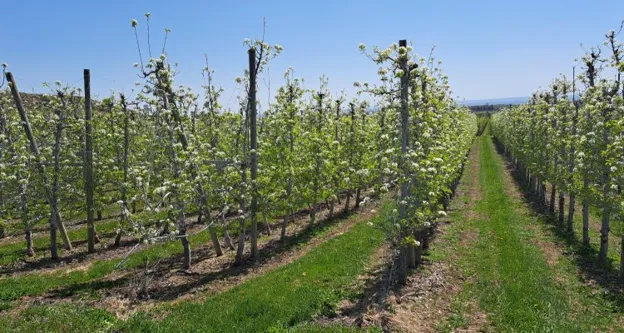Selective harvesting robots now mainly use camera sensors to determine where, for example, an apple or pear hangs. But cameras don't see everything: the fruit could be hidden behind a leaf or branch, for instance. In that case, other techniques are required, such as sensors that measure pressure. The Greenhouse Horticulture and Flower Bulbs Business Unit of Wageningen University & Research and Oregon State University are investigating how information from various sensors can be merged and interpreted and how this can be used to control the gripper of a robot.

The project' Integrated sensing and real-time control for intelligent fruit picking' is funded by the American Washington Tree Fruit Research Commission (WTFRC) and is also a project of the Agro Food Robotics program. In the 3-year project, the integration of data from various sensors, i.e., vision, force, and tactile sensors, is sought. For example, it is possible that a robot – just like a human does – feels whether it is grasping the fruit in the right way. This information must be translated into the correct control of the robot arm and the gripper by an algorithm, so the robot can harvest the fruit. Both techniques (software and hardware) will be tested at the WUR experimental orchard location in Randwijk.
A number of other studies into robotization are also taking place in Randwijk. For example, a consortium, including WUR AFR, is developing components for a harvesting robot for pears and soft fruits as part of the project 'The Next Fruit 4.0' (on precision horticulture). In addition, WUR is developing a fruit-picking robot in the PPP' Hands-free production' together with the Dutch companies Munckhof and Riwo. These two companies, together with Saxion University of Applied Sciences, Fontys University of Applied Sciences, and WUR AFR, have received a grant from NXTGEN Hightech for the development of an apple-picking robot. All these projects can make use of the knowledge gained from the project 'Integrated sensing and real-time control for intelligent fruit picking.' WUR's international cooperation with the two American institutes thus provides more knowledge for Dutch and American fruit cultivation in the field of hands-free cultivation.
Source: wur.nl










